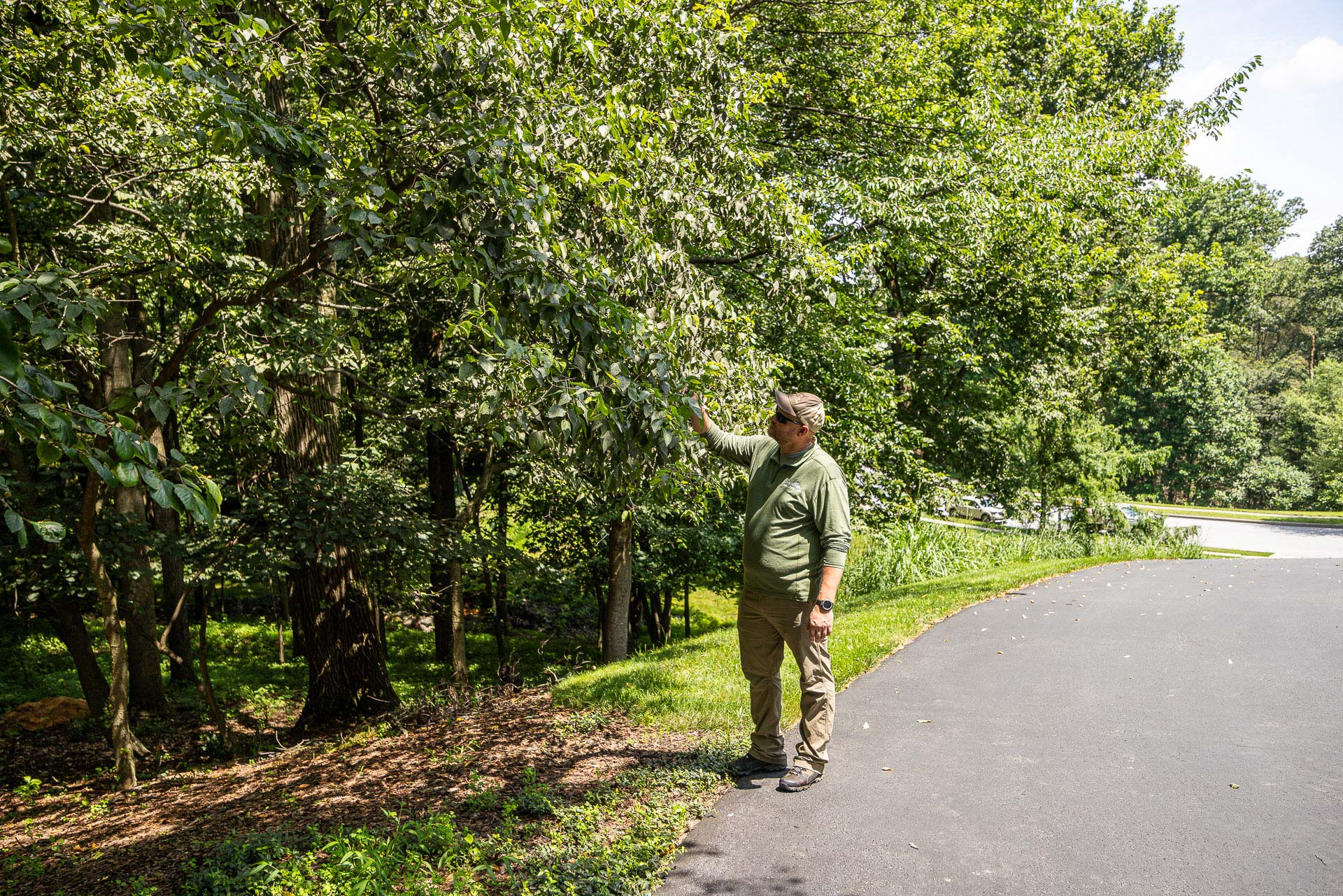When we know someone by name, we are more likely to care about them, they are no longer strangers to us. I think the same logic applies to our relationship with trees. Many of us see trees as just shades of green in the background of our lives, but when we take notice and begin to differentiate one tree from another, or when we observe the sequence of tree blossoms across spring and summer, our world becomes more familiar, more lived in. And the trees benefit from our recognition of them.
South Central PA is endowed with a diversity of woody native plants. Our moderate climate and a range of soil conditions create a confluence where species from the colder north and the warmer south both thrive. Add to this collection, hundreds of cultivated and escaped species introduced from compatible Temperate Zones around the globe, suddenly, learning the names of all the trees around us is considerably more daunting than remembering names of guests at a dinner party.
Yes, there are apps for identifying trees. Even our camera phone is eager to introduce us to the background of our selfies and offers such details that show up in our scenic images. But where’s the fun in that?
Here are some tips for learning to identify trees in the old-fashioned way:
- Get outside and look at trees. Observe their common elements (Leaves, Buds, Bark, Twigs, Fruit, and Form) and how they are similar and different from one another.
- Next, starting with the broadest generality, group trees that are like one another and move stepwise to more specific characteristics until you arrive at the tree species you are trying to identify. The standard approach follows this path:
- Is the tree Evergreen or Deciduous (leaves drop each fall and are replaced each spring.)
- If it is deciduous, are the leaves opposite each other or do they alternate on the twig? We use the pneumonic MAD HORSE (Maple, Ash, Dogwood, Horse chestnut) to remember trees with leaves that are arranged opposite on the twig.
- Are the leaves simple (one leaf blade) or compound (several leaflet blades)?
- If the leaves are compound, are they palmate (leaflets affixed at one point like the palm of your hand) or are they pinnate (leaflets arranged along an axis)?
- By asking these “either/ or” questions, often referred to a dichotomous key, we reduce the possibilities of what we are looking at with each answer. For instance, if a tree I am looking at is deciduous and the leaves are opposite on the twig, I can be confident that it is either a Maple, Ash, Dogwood, or Horse Chestnut. I can rule out all the others such as oaks, hickories, cherries, and beeches. If the leaf is simple, I can rule out Ash and Horse chestnuts. The converse also holds true.
- When using this strategy, you still must know what the options are after you have narrowed down the list based on characteristics. That is where the Guidebooks and tree hugging friends can help.
Of course, these tips alone are not sufficient for you to run outside now and identify all the trees in your yard. My goal in sharing is to let you know that paying attention to trees is worthwhile and getting to know them by name should be our responsibility as good stewards of the land. Introducing people to trees has been one of the most gratifying aspects of my career.
No matter what type of tree you are dealing with, Good’s Tree Care provides services for all your tree needs. Our arborists are happy to assist you.

.png?width=429&height=204&name=Goods%20Tree%20Care%20Logo%202%20(2).png)





.png?width=300&height=143&name=Goods%20Tree%20Care%20Logo%202%20(2).png)